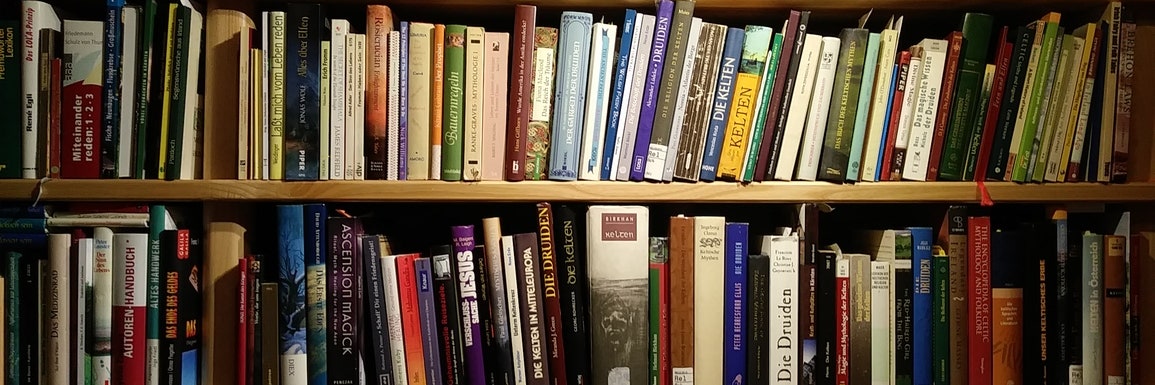


Lead author of the Nua-Celtic Manifesto (https://zotum.net/profile/ncm); author of an unpublished fantasy novel; environmentalist & conservationist; interest in public affairs, study of political science; student of the representatives of Dr. and Master Sha; lightworker & medium; place of residence/work: Béal Átha Caointe
This profile is from a federated server and may be incomplete. Browse more on the original instance.